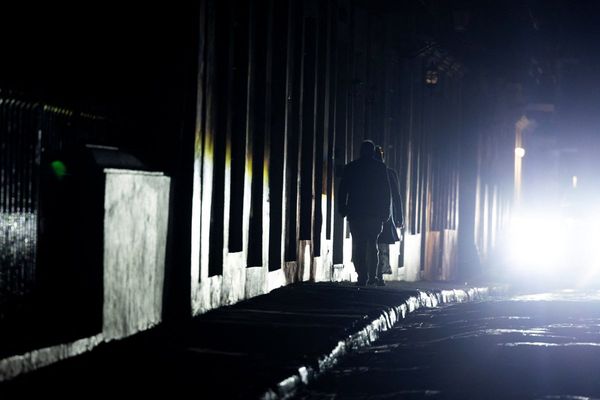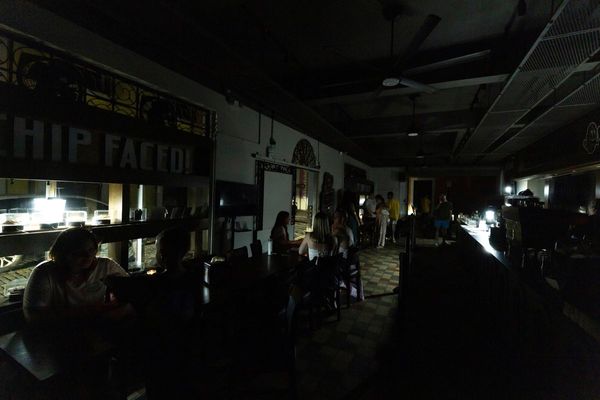UNDERWATER excavation on an ancient medieval building in the Highlands is set to begin later this year.
Volunteers from the North of Scotland Archaeological Society (NOSAS) and the Nautical Archaeology Society will begin underwater research on a crannog in Loch Achilty, around 20 miles north-west of Inverness, in September.
The team will aim to learn about the construction methods of the building along with discovering more about its occupants.
The volunteers will conduct radiocarbon dating of the timber and dendrochronology – tree-ring dating – to discover when the ancient structure was built.
Crannogs are dwellings found on artificial islands over water and were often composed of brush, stone or timber mounds and are thought to have been first built around 4000 BC in the Neolithic period and continued to be constructed into the 17th century.
Recent sampling of underwater timbers recovered from the Loch Achilty site by NOSAS revealed part of the crannog was built using an oak timber dated to AD 1046 – 1221, and another dated to AD 1323 – 142, suggesting it was constructed or modified in medieval times.
According to the University of Aberdeen’s Dr Michael Stratigos, the medieval structure offers an opportunity to learn how people in the past coped with climate change.

“Due to the incredible preservation of this type of material, crannogs store exceptional evidence for what the wider environment and climate was like,” he said.
“As we face the challenges of anthropogenic climate change (i.e. climate change originating in human activity), the information stored on crannogs represents a unique opportunity to offer a long-term perspective on our present situation and how people at different times have coped with climate change in the past.”
Funded by the Society of Antiquaries of Scotland, the team will also look for organic material such as charcoal to be sampled for paleoenvironmental analysis, which could reveal more about the environment around the loch centuries ago.
It is unknown whether the crannog was used for centuries or just a short time or when it was finally abandoned.
Crannogs from the medieval period are rare and there has been very few studied. There is also little knowledge of how Highland crannogs were constructed or why they were used.
Experts believe crannogs could have been used as dwellings for community leaders and symbols of power to ordinary farmsteads of extended family groups set out on water for protection.
Richard Guest, Project Lead and amateur archaeologist with NOSAS, hopes the excavation will provide a better understanding of the crannog and who used it.
He said: “At the moment, we have dates spanning almost 400 years for a structure on the island.

“Hopefully the excavation of more timbers will lead to more dates and therefore a sequence for how the crannog was used - more specific dates of sequences could help to provide the story of who built the crannog and who used it.”
Dr Helen Spencer FSAScot, head of research at the Society of Antiquaries of Scotland, added she is thankful for the £2415 grant which will allow the team to carry out the work.
She said: “Crannogs contain some of the best-preserved evidence for life in the past in Scotland and are a critically important part of our settlement history which is one of the reasons why we were so excited about this application.
“We are especially grateful to our thousands of Fellows across the globe, whose subscription fees enable us to distribute these grants each year. If you’d also like to support our work, please consider becoming a Fellow to help cover the cost of high-quality research into Scotland’s past.”







